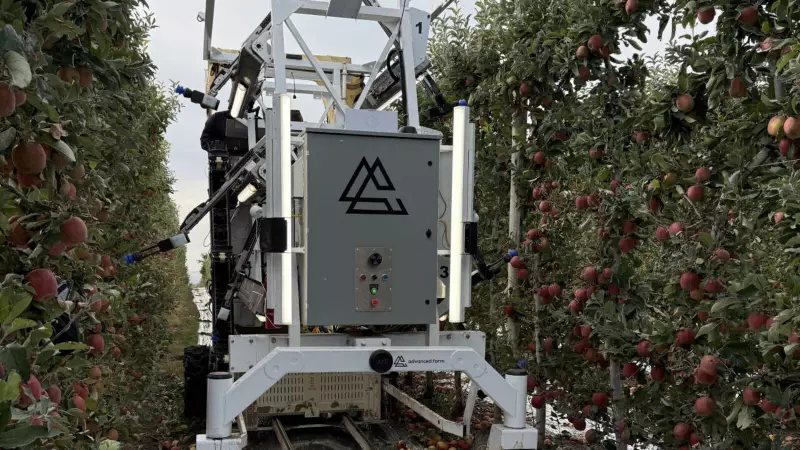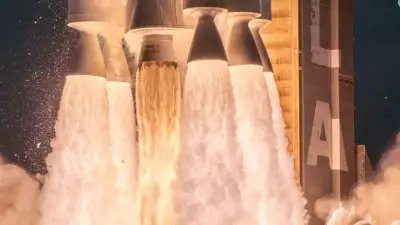
The future of farming appears increasingly automated, with robots promising to revolutionize agricultural practices. However, one fundamental task continues to baffle even the most advanced robotic systems: picking an apple from a tree.
The Delicate Dance of Harvesting
While industrial robots excel in controlled environments like manufacturing plants, the natural world presents unpredictable challenges. Apple harvesting requires a sophisticated combination of visual recognition, delicate touch, and adaptive movement that current technology struggles to master.
Vision Systems vs. Nature's Complexity
Modern agricultural robots employ advanced computer vision to identify ripe fruit. Yet nature consistently outsmarts these systems. Leaves create shadows, branches obscure visibility, and apples themselves vary in color, size, and position in ways that confuse even the most sophisticated algorithms.
The Gentle Grasp Problem
Human pickers instinctively apply just enough pressure to detach fruit without causing bruising. Replicating this delicate touch has proven extraordinarily difficult for robotic grippers. Too much force damages the apple; too little fails to harvest it. This balance represents one of robotics' most persistent challenges.
Environmental Obstacles
Field conditions introduce variables that laboratory testing cannot anticipate. Weather changes, wind movement, and the natural sway of trees all complicate the harvesting process. What works perfectly in controlled conditions often fails completely in actual orchards.
The Economic Reality
Despite significant investment and technological advancement, human workers remain dramatically more efficient and cost-effective than their robotic counterparts. The speed, adaptability, and problem-solving abilities of human pickers continue to outperform even the most expensive automated systems.
What This Means for Future Farming
The struggle to automate apple harvesting reveals broader truths about technological limitations. Some tasks that appear simple to humans involve complex sensory and motor skills that robotics has yet to replicate effectively. This doesn't mean automation will never succeed in agriculture, but rather that the path forward requires more nuanced approaches than initially anticipated.
Researchers continue to develop hybrid solutions that combine human oversight with robotic assistance, recognizing that some agricultural tasks may always benefit from the human touch.





